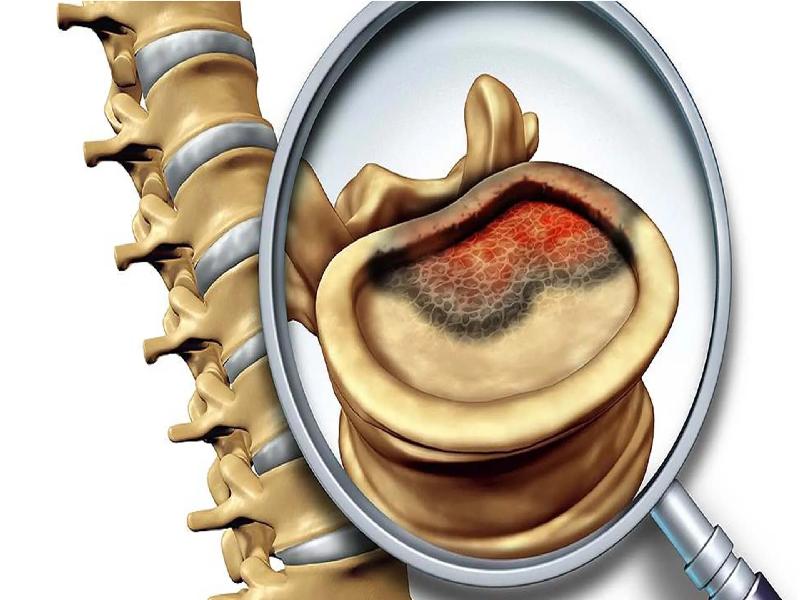Bone marrow, the spongy tissue inside the bones, is home to the stem cells that give rise to all our blood cells. This hematopoietic organ performs vital functions: oxygen transport (red blood cells),immune defense (white blood cells),and blood clotting (platelets).
The development of a tumor in the bone marrow severely disrupts these essential functions, putting the individual's health at risk. Early diagnosis and appropriate treatment are essential to limit the consequences of this disease and preserve quality of life.








